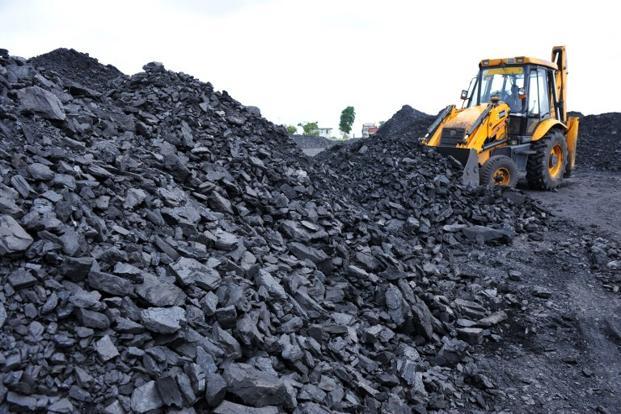Global coal demand is expected to drop in 2019 but remain broadly stable over the next five years, supported by robust growth in major Asian markets, according to International Energy Agency (IEA).
The weakness in coal demand this year results mainly from coal-fired electricity generation, which is set to experience its largest ever decline – over 250 terawatt hours (TWh), or more than 2.5 percent. This drop is led by double-digit falls in the United States and Europe, IEA said in its latest market analysis and forecasts.
Renewable sources will supply a major portion of the increase in electricity demand over the next five years. Electricity generation from coal will rise at less than 1 percent per year – and its share will drop from 38 percent in 2018 to 35 percent in 2024. This means coal remains by far the single largest source of power supply worldwide.
Global trends will depend largely on China, where half of the world’s coal is produced and consumed.
Coal power generation is sinking to levels not seen in decades in Europe and the United States.
Growth in solar PV and wind, low natural gas prices and stagnating electricity demand have created a perfect storm for coal in both regions, where coal plants retirements continue to take place. These trends will continue through 2024, though the speed of the declines is expected to slow unless coal comes under additional pressure from stronger climate policies or lower-than-expected natural gas prices.
“Wind and solar PV are growing in many parts of the world. With investment in new plants drying up, coal power capacity outside Asia is clearly declining and will continue to do so in the coming years,” said Keisuke Sadamori, IEA’s Director of Energy Markets and Security.
Asia’s share of global coal power generation has climbed from just over 20 percent in 1990 to almost 80 percent in 2019.
Countries in South and Southeast Asia – such as India, Indonesia and Vietnam – are relying on coal to fuel their economic growth.
Natural gas and oil have traditionally been the main sources of power generation in Pakistan, but the country has commissioned 5 gigawatts (GW) of coal power capacity since 2017, and another 5 GW is set to come online in the next few years.
Coal will gain share in Bangladesh, where natural gas has long generated the bulk of electricity supply, in the coming years, with 10 GW of capacity in the pipeline.

